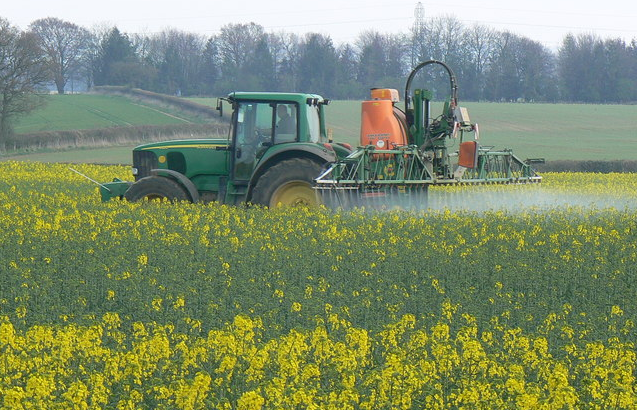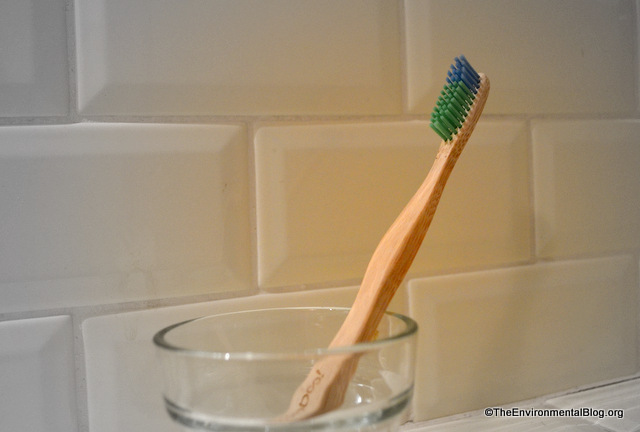
When we think of biosensor contamination detection, we usually imagine expensive and sophisticated tech tools and laboratories. But a recently made research paper may provide a turnaround for this concept, because it has just developed what might possibly be a considerably cheap method for properly checking pesticide contamination levels.
A team of researchers from Brazil are currently working on a small biosensor that would enable them to measure pesticide content on crops, water and soil. The multidisciplinary research was led by Izabela Gutierrez de Arruda, a post-grad student at the Instituto de Física de São Carlos (IFSC), in São Paulo State.
The developed biosensor works by using the classic enzyme inhibition method to detect methamidophos, a type of insecticide which, according to the source report, is linked to a number of neurological complications. The primary focus of the biosensor’s design is the use of an ultra-thin film, which allows it to exponentially magnify the signal it releases, making it possible to produce faster and more accurate results.
To detect methamidophos, the biosensor specifically uses the enzyme acetylcholinesterase, an enzyme which naturally occurs in the human brain. When the enzyme comes into contact with methamidophos particles, its molecular process is inhibited, producing fewer protons, with the difference in proton numbers providing the measurement calibration necessary to accurately calculate contamination levels. The size of the biosensor is considerably small, only about a few centimeters larger compared to an average SIM card. This makes it quite easy to use, and it could be used by farmers to produce near-instant results, compared to current technical methods that require sophisticated equipment, laboratories, and time.
Because of the biosensor’s simplicity and efficiency, it can be easily produced, and this opens the possibility of it to be cheaply mass produced and be regularly used to monitor such type of pesticide contamination. In addition, you could simply alter its design, structure, and the target pesticide/contaminant to develop a wide variety of different easy-to-use biosensors that use the exact same technique and concept.
But, as with any recent research developments, there’s a huge hitch to this achievement. The biosensor that they have developed is actually a prototype, and the research itself is still largely in its development phase. Regardless however, they have already filed a patent for their biosensor, and are currently in the process of finding a company or investor who is willing to make their technology available commercially.





Leave a Comment